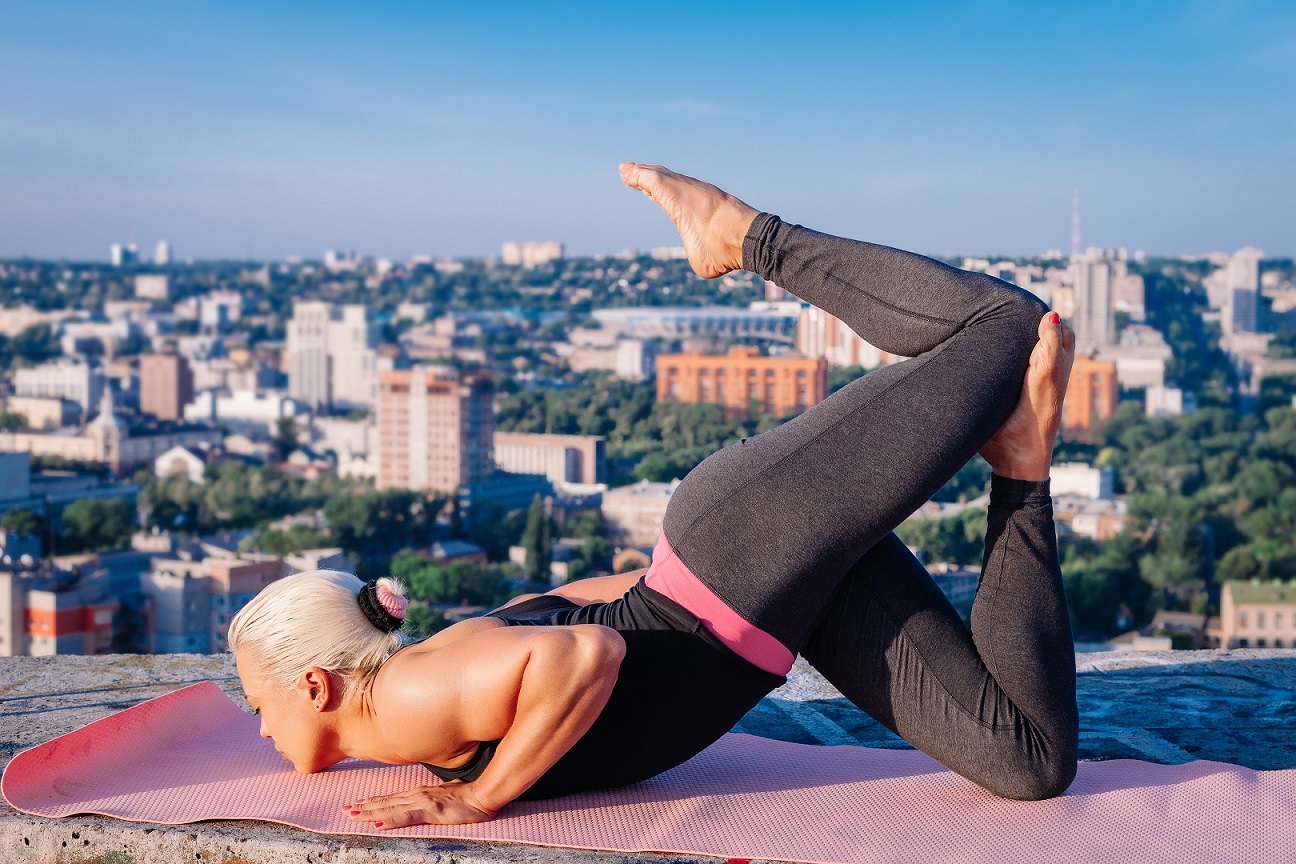What is microfiber?
You’ve seen it everywhere; from mops to furniture, active wear to towels – but what is microfiber, exactly? And what makes it so versatile? ‘Microfiber’ refers to a synthetic fiber which is extremely thin, even slimmer than a strand of silk (which is about a fifth of the diameter of a human hair). To be exact, a microfiber must be finer than one denier of thread.
Microfiber may vary in properties based on the fiber it’s created from. This results in an incredibly adaptable fabric with plenty of advantages over natural woven materials.
What is microfiber made from?

The most common type of synthetic material that makes microfiber is polyester. Nylon and other types of poly-amides can also be used depending on what the fabrics use will be. On face value, this may not seem as eco-friendly as natural fabrics, but it’s worth noting that during the production process of polyester microfibers no pesticides are used and the dyeing methods don’t require any water. Comparatively, a huge amount of water is needed in the dyeing process of cotton.
Manufacturers alter and combine various types, sizes, lengths and shapes of fibers to utilize specific characteristics of microfiber, depending on what they’re producing. For example, by using specific types of fibers they can make the fabric water absorbent or extra soft.
What is microfiber used for?
Microfiber has a whole host of desirable properties which make it useful for an incredible range of products.
One of the most common uses for microfiber is in cleaning products; particularly cloths and mops. Being able to hold up to seven times its own weight in water of course makes it handy in soaking up spills, but the most useful part is the way microfiber can pick up bacteria from dirty surfaces. During the manufacturing process, the fibers are split which makes them incredibly effective at picking up and trapping dirt. Alongside this, microfibers can also attract and catch bacteria and viruses from most surfaces. Pathogens feed on organic matter, so the synthetic quality of microfiber cloths means they can effectively catch and destroy any lingering bacteria. This reduces the risk of germs and illnesses being spread anywhere they’re used. The tiny fibers also mean microfiber is non-abrasive, so won’t damage any surfaces even when used with cleaning solutions.

The water-absorbing quality also makes microfiber a popular choice in the manufacture of athletic wear. The nature of the fabric means it wicks moisture away from the wearers body, keeping them cool and dry despite perspiration. Being very elastic means the clothing can be both comfortable and durable too.
Unlike absorbent microfiber, when microfiber is used for regular clothing or furniture, the fibers aren’t split because it doesn’t need to be absorbent – simply soft and comfortable. They can be used to create tough but soft materials for clothing such as jackets or skirts, as well as being made into an animal-free imitation suede that is cheaper than genuine suede leather. The ability to mimic leather makes it a popular choice for fashion accessories and furniture upholstery.
The Mystery of Its Origins
Although microfiber is used every day, no one is 100% sure where it was first developed. One of the most interesting origin stories is that it was invented by the Japanese to create lightweight and flattering swimwear for women in the 1970’s. Although this was a spectacular fail as the swimsuits absorbed the water and became very heavy, Europeans re-developed microfiber 10 years later and marketed it as an extremely absorbent fabric for cleaning purposes.
Types of Microfiber

There are two main types of microfiber; flat weave and split weave. This refers to the fibers and whether they are split during the production process.
Split Weave
‘Split weave’ microfiber is made by the fibers being split in production. This increases the surface area and consequently more water can be absorbed by the material. Thousands of tiny loops are formed when the threads are split, which are perfect for picking up small dirt particles without being abrasive.
Flat Weave
‘Flat weave’ microfiber has half the moisture absorbing capabilities of split weave, meaning its not really made for cleaning or sportswear. If you’re unsure whether a cloth is split or flat weave microfiber, simply run your hand over the surface of the product. If it is split, the fibers will cling to the skin.
Advantages & Disadvantages
Like all products, microfiber has both its advantages and disadvantages. The flexibility of microfiber makes it a very versatile and advantageous product, which can be adapted to your needs.
Advantages
- Non-abrasive
- Hygienic
- Durable
- Soft to the touch
- Can be treated with anti-bacterial chemicals
- Lightweight
- Water-repellent
- Water-absorbing
- Long-lasting if cared for properly
Disadvantages
- Requires special laundering
- Higher upfront cost
Why not try designing your own microfiber fabric? Explore the feel and texture of microfiber and over 100 other fabrics in your own swatch pack.



I take pleasure in, result in I found exactly what I used to be looking
for. You’ve ended my 4 day long hunt! God Bless you man. Have a great day.
Bye
I’m glad to hear that microfiber is lightweight and water-repellent. I have been thinking about getting some microfiber shirts to wear while jogging in the mornings. It sounds like this could be the perfect fabric for working out.
Hi Lyla, we couldn’t agree more! Definitely try microfiber shirts for working out, they are perfect for this purpose. Their moisture-wicking and stretchy texture is the best for jogging and any cardio exercise. Give it a try! 🙂